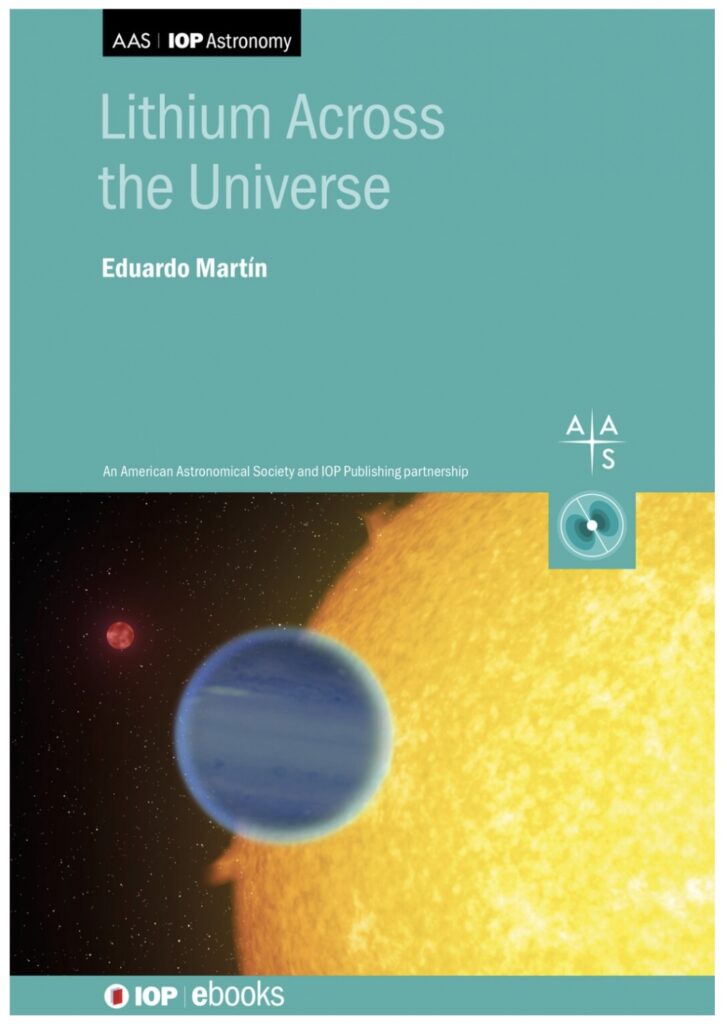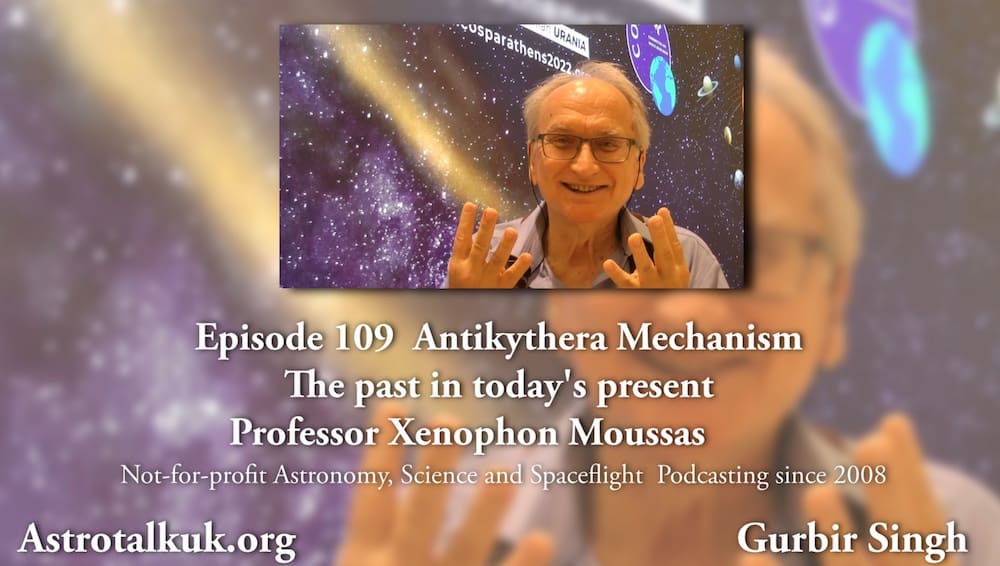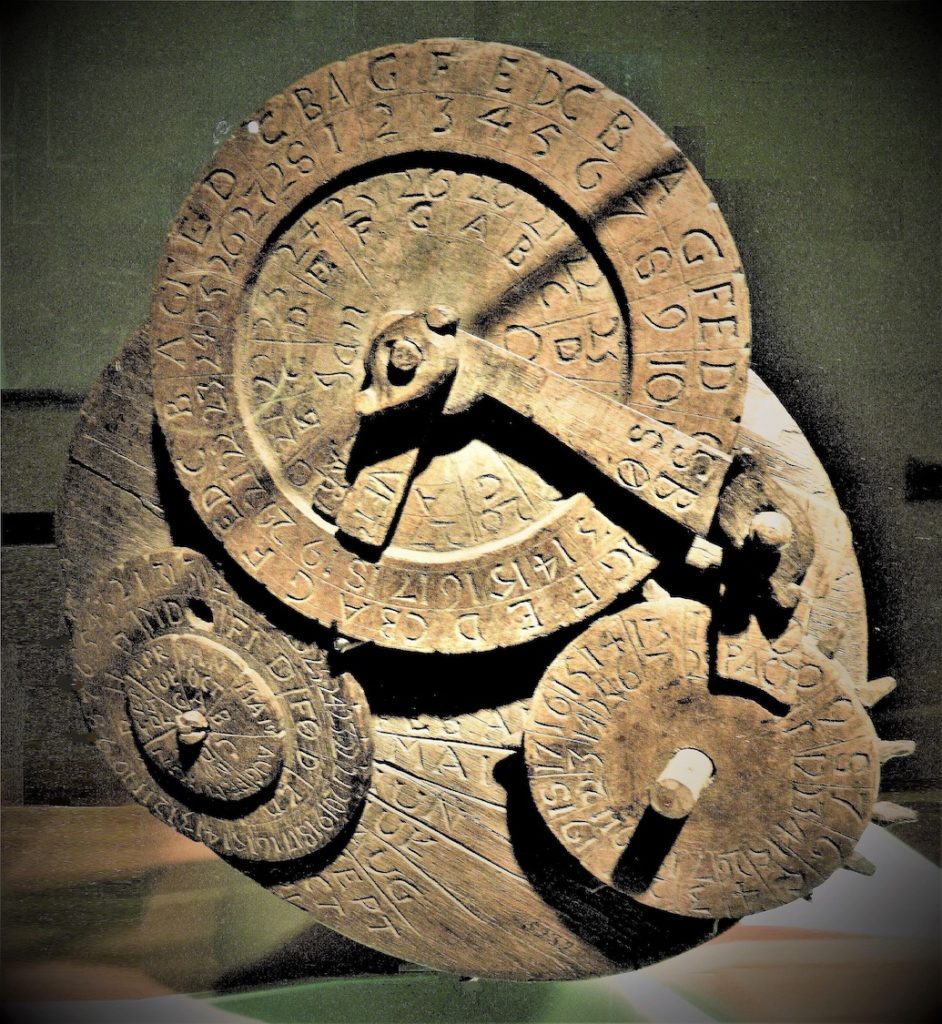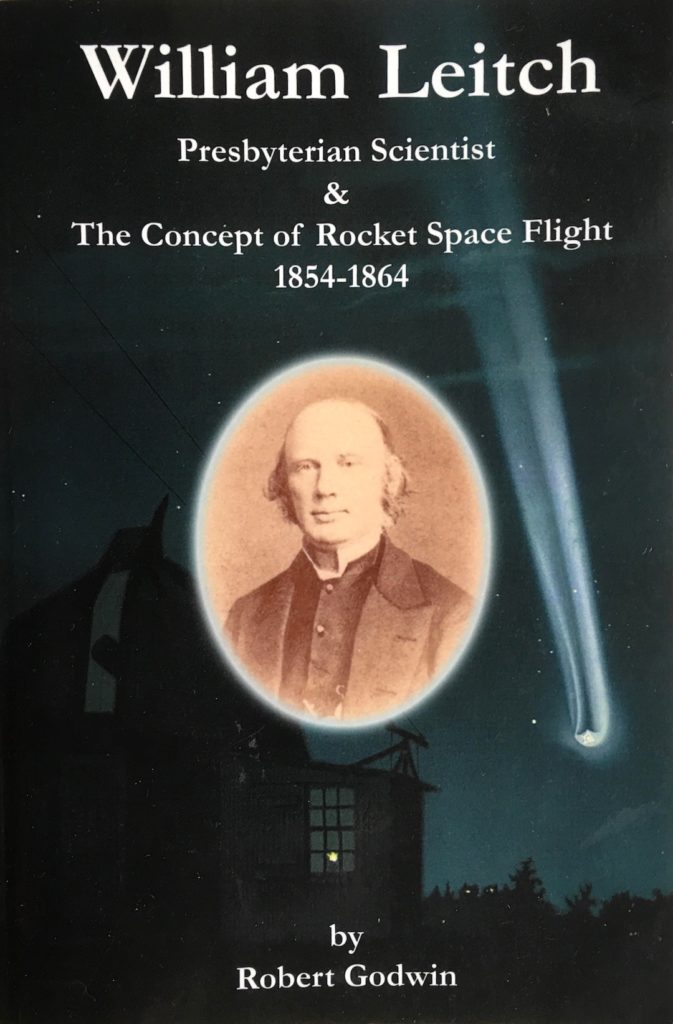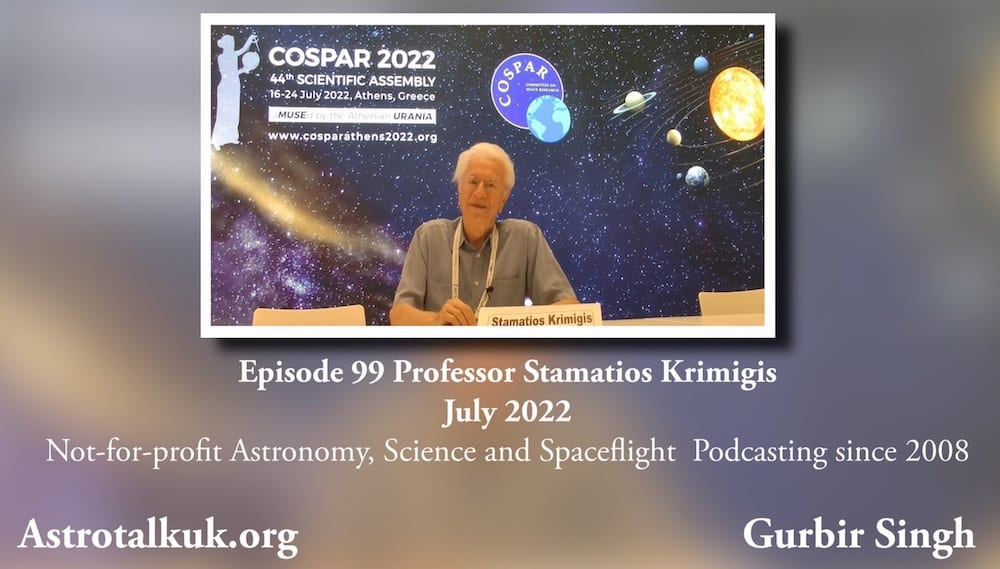This episode was recorded in Tenerife with Professor Eduardo L Martín, who is based at the Instituto de Astrofísica de Canarias. He is working on the European Space Agency’s mission, Euclid.
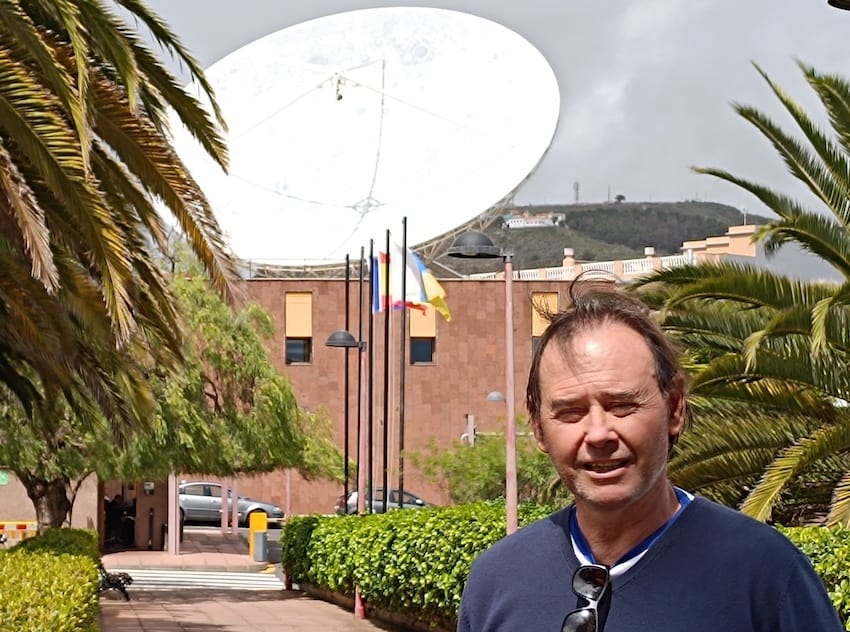
In time, Euclid will shed light on both dark matter and dark energy. It was launched in July 2023 and arrived in its L2 orbit a month later. It has just two instruments, which will produce a high-resolution 3-D map of a third of the sky, stretching back 10 billion years during its initial 6-year operational lifetime.
Professor Martín is not part of the Euclid Consortium, which includes around 2500 scientists and engineers from more than a dozen countries who operate the Euclid Mission. He is one of the two Independent Legacy Scientists for the Euclid mission. Professor Martín is a specialist in substellar bodies, that is, celestial bodies with a size about that of Jupiter but with around 50 times its mass. When initially theorised in the 1960s, they were called Black Dwarfs, but were renamed Brown Dwarfs by Jill Tarter in the 1970s.
Brown Dwarfs generate energy only through gravitational compression, not nuclear fusion. There is an overlap in surface temperature between young brown dwarfs and old very low-mass stars. Martín and his collaborators have developed spectroscopic methods to distinguish brown dwarfs from stars, in particular, the Lithium test. More about this interesting role of Lithium in cosmology is in Professor Martín’s book, published in 2023 by the Institute of Physics, entitled “Lithium Across the Universe“. You can download several free-to-read chapters here.
Brown Dwarfs emit mostly infrared light, not optical light, like our sun. One of the two instruments on Euclid operates in the infrared and can detect these “dark ultracold objects of substellar mass”. Does Professor Martin think Euclid will find Brown Dwarfs? He told me in this recording, “that is what I put in the proposal, so we had better do now”. He is supported by a postdoctoral researcher, Marusa Zerjal, and a student, Diego Martin, both funded by the European Research Council.
The first images were released in November 2023. The spacecraft and its instruments are operating well and sending data. More about the Euclid mission, images released so far and a summary of the attributes of Normal Matter, Dark Matter and Dark Energy below.
Podcast: Play in new window | Download (Duration: 48:53 — 89.5MB) | Embed
Subscribe: Apple Podcasts | Spotify | RSS | More
